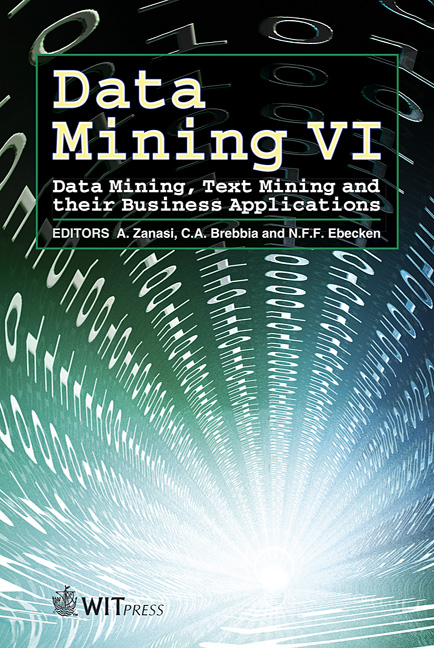HyperClustering: From The Digital Divide To A GRID E-workspace
Price
Free (open access)
Volume
35
Pages
10
Published
2005
Size
453 kb
Paper DOI
10.2495/DATA050311
Copyright
WIT Press
Author(s)
M. Vafopoulos, V. Aggelis & A. Platis
Abstract
The digital divide is defined as the inequality in access to information and communication technologies (ICT) between industrialized and developing countries, and between urban and rural populations. In contrast to the fact that the technological gap is narrowing in terms of access and training, content provision is still problematic. The so-called information retrieval problem is considered to be a second generation digital divide. The information retrieval problem refers to the general problem of transforming information to usable knowledge. Basic aspects of this fundamental problem are anticipated in W3C research by solving information interoperability and discovery issues, but every local society has to specialize policy interventions in order to stimulate entrepreneurship in a knowledge-based economy. Developing a knowledgebased economy is equivalent to eliminating the digital divide, promoting a business environment and offering more opportunities to all citizens. In this context, we propose the HyperClustering framework (HC), a general operational web-based structure for a local economy, which semantically analyses, clusters, integrates and boosts personal and social activities. The final stage of HC constitutes the creation of a GRID e-workspace for every citizen and company. Keywords: virtual communities, digital divide, HyperClustering, interoperability of web services, virtual organization, semantic GRID, local development, topic map, knowledge management, ICT clusters.
Keywords
virtual communities, digital divide, HyperClustering, interoperability of web services, virtual organization, semantic GRID, local development, topic map, knowledge management, ICT clusters.





